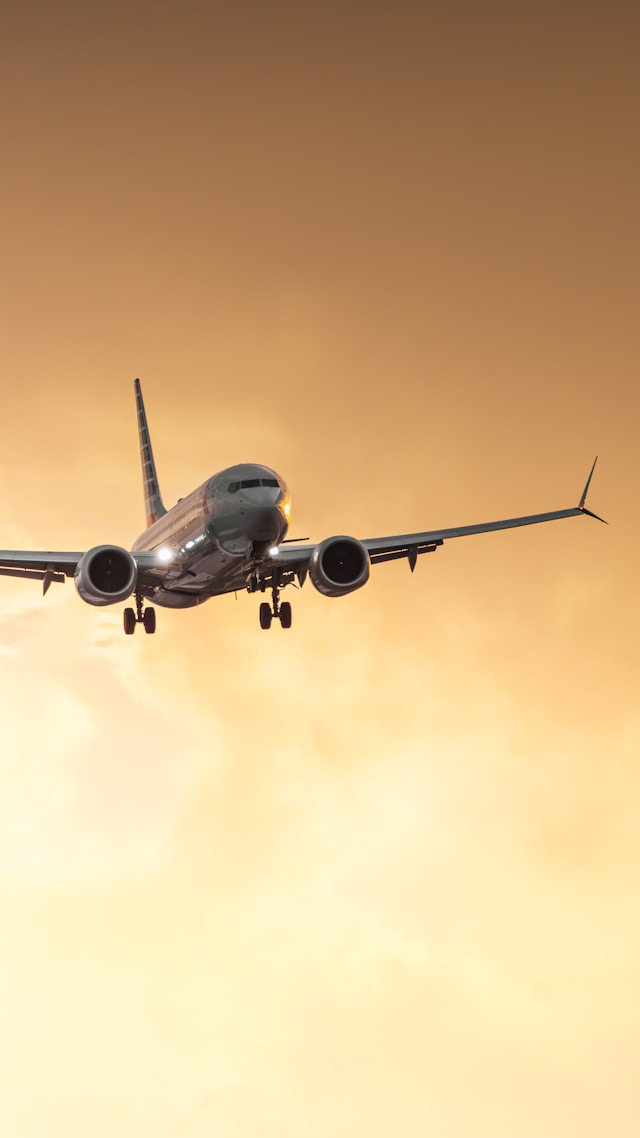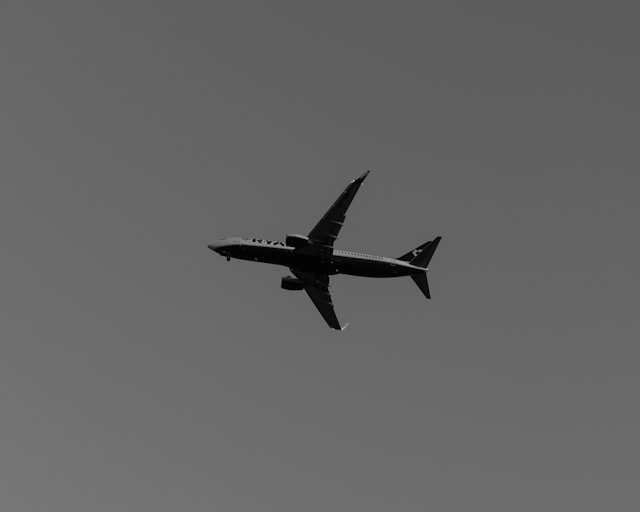Introduction
Are you ready to get better at flying? It’s exciting to get a multi-engine rating because it gives you more job options in the flying field. A multi-engine rating is an important thing to have on your pilot’s license, whether you want to become a professional pilot or just fly more advanced planes. This guide will explain what a multi-engine rating is, why it’s important, and how to get one.
What Does a Multi-Engine Rating Mean?
A multi-engine rating allows you to fly planes with more than one engine. When you first become a pilot, you learn to fly single-engine planes. But if you get your multi-engine rating, you can fly more complicated and powerful planes. Getting this certification adds to the skills and knowledge you already have.
Why Should I Get a Multi-Engine Rating?
Better Skills:
- Complexity: Multi-engine planes are more difficult to fly, so knowing how to do it will help you become a better pilot overall.
- Safety: Being able to control more than one engine makes you a better pilot, especially in an emergency.
Job Opportunities:
- Commercial Pilots: A multi-engine rating is needed for a lot of commercial pilot jobs, like airline work.
- Charter Flights: Multi-engine planes are often used by charter businesses.
More Choices for Planes:
- You will be able to fly a wider range of planes, from small trainers with two engines to bigger business jets.
Confidence:
- Experience: As a pilot, you’ll feel more confident as you fly different kinds of planes.
Requirements to Get a Multi-Engine Rating
Before you can begin training for a multi-engine rating, you need to do the following:
Private Pilot License (PPL):
- You need to already have a PPL. A Commercial Pilot License (CPL) may also be needed for some training programs.
Flight Times:
- For a multi-engine rating, you don’t need to have a certain number of flight hours, but having more training is helpful.
Medical Certificate:
- You need a medical certificate that is still valid and matches your present pilot’s license.
Preparing for a Multi-Engine Rating
To get a multi-engine license, you have to go to ground school and undergo flight training:
Ground School:
- Aircraft Systems: Learn about the engines, fuel systems, and props that are unique to multi-engine planes.
- Aerodynamics: Know how to handle asymmetrical thrust and the aerodynamics of multi-engine flying.
- Performance Calculations: Learn how to figure out performance numbers like the distances needed to take off and land.
Flight Training:
- Engine-Out Procedures: Get practice flying with one engine off, which is a very important skill for multi-engine pilots.
- Maneuvers: Learn specific maneuvers for multi-engine planes, such as Vmc (minimum control speed) checks and single-engine landings.
- Regular Operations: Get proficient at regular operations like takeoffs, landings, and cross-country flying.
The Checkride
You’ll need to pass a checkride after your training is over to get your multi-engine rating. There are two parts to the checkride:
Oral Exam:
- Discuss a variety of topics with the examiner, including multi-engine systems, aerodynamics, and emergency procedures.
Flight Test:
- Demonstrate your ability to control the aircraft by performing both normal maneuvers and emergency procedures. You’ll need to show you can fly safely with one engine off.
How to Succeed
Here are some tips that will help you get your multi-engine rating:
Pick the Correct Instructor:
- Find an instructor with extensive experience in multi-engine training. A good teacher can greatly enhance your learning process.
Practice Regularly:
- To get proficient at multi-engine flying, you need to practice consistently. Schedule training sessions as often as possible to keep your skills sharp.
Work Hard at Ground School:
- Ensure you fully understand what you are learning in ground school. This knowledge is crucial for both the oral exam and the practical flight.
Stay Calm:
- Training for a multi-engine rating can be challenging, especially when practicing engine-out procedures. Stay calm and remember that the instructor is there to help you learn.
Use Flight Simulators:
- If possible, use flight simulators to practice procedures and maneuvers. Simulators allow you to learn and make mistakes without any risk.
Conclusion
Obtaining a multi-engine rating is a significant achievement that will enhance your skills and expand your aviation career opportunities. It requires commitment, practice, and a desire to learn. With a multi-engine rating, you can fly more complex aircraft, be a safer pilot, and access more job opportunities. So, take the plunge and get a multi-engine rating to improve your flying skills. Have fun flying!



